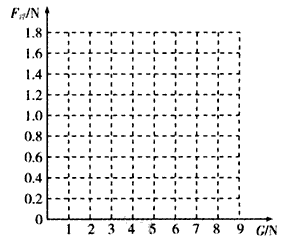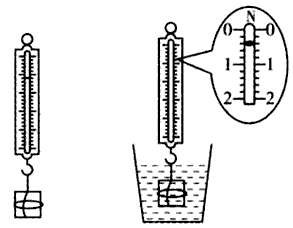Passage1
Questions 1 to 5 are based on the followingpassage.
I have come for a visit to an elementary classroomfor six- to nine-year-olds. Mystrongest impressionof this classroomis the purposefulness of the children in theircooperative efforts.
As Isettle in to observe for the morning, I begin to sense that, for these children, relatingto each other and working are a unified(一致的) experience.
The children's voices are low, and Ican only overhear (偶尔听到) the directedconversation of the children at the table closest to me. I realize that the way the children usetheir voices contributes to the atmosphere of respect and purposefulness in this elementaryclassroom.
I hear one of the four boys next to me announce "200-pound explosive shells”.He ispointing to a picture in one of the opened books on the table in front of him. “Did anything blow up?" one of the boys asks. All the boys look over at the opened book Two of the fourboys are taking notes. A third one is making a complicated pencil drawing from an illof a particularmodel of train. The fourth boy is using graph paper(方格纸)to compute amath problem.
A few feetaway from me, three children are sticking pins into holes on a poster boardmap of Europe. The pins have tiny red. labels attachedwith the names of countrieson them.“AIbania," I overhear one boy say as he reads a label to his working partners and puts it onthe map.
Just beyond these children, five others have newspapers spread over a large table. One ofthe children walks over to the assistant, carrying what looks to meto be the sports section ofone of the newspapers. These children must be following basketballscores or related sportsstatistics.
The only other table on which I can see the work clearly is next to this newspaper" table.This is a small table with only two children. Their books are standing up on end so that I cansee, even across the room, that they are doing a report on jungle birds and animals.
Such is an elementary class! The children are ell-occupied, learning, concentrated,interested, and purposeful Every subject area but music is covered. This classroomis sodifferent from my own elementary shooling. I want to know how this particularteacher helpsto facilitatethis outcome with this particulargroup of children.
What strongly impresses the authorin the elementary classroom?
A.The children talk to each other in a loud voice. B.The children discuss different topics in groups. C.The children are assigned a lot of leaning tasks. D.The children do cooperative learning with a purpose.相关标签: 方格纸

绘制横断面图时,均以中线桩为准,以()为横坐标,高差为纵坐标,将地面各点绘制毫米方格纸上。
A、水平距离
B、竖直距离
C、左边
D、右边
做研究浮力的实验中(1)测量浸没在水中物体所受浮力大小步骤如图。①用细线把一物体挂在弹簧测力计上如图1所示,测出该物体所受重力G=1.2N:②把该物体浸没在水中如图2所示.此时弹簧测力计示数F=_______;③该物体所受浮力F浮=_______。(2)按上述方法测定两组共8个实心物体浸没在水中所受浮力的实验数据如表1、表2
表1体积均为100cm3的石块、铝块、铁块、铜块


①为了研究体积相同的不同物体,浸没在水中时所受浮力与重力的关系,根据表1数据,在以G为横坐标、F浮为纵坐标的方格纸上描点,再把这些点连起来

②甲同学根据图线得出“一切浸没在水中的物体所受的浮力皆相等”的结论,乙同学根据表2数据得出“一切浸没在水中的物体所受浮力与其所受重力成正比”的结论.请你从两位同学的结论中任选一个判断其是否正确,并说出理由.③假如将体积为100cm3的铅块浸没在水中,它将受到多大的浮力?

图1 图2
A.一般化和分类整合B.数形结合和分类整合C.修正错误D.严谨求实
在地形图上量算曲线图形面积,根据要求可采用:()。
A、透明方格纸法、平行线法、电子求积仪法
B、透明方格纸法、几何图形法、电子求积仪法
C、透明方格纸法、平行线法、几何图形法
D、平行线法、几何图形法、电子求积仪法
